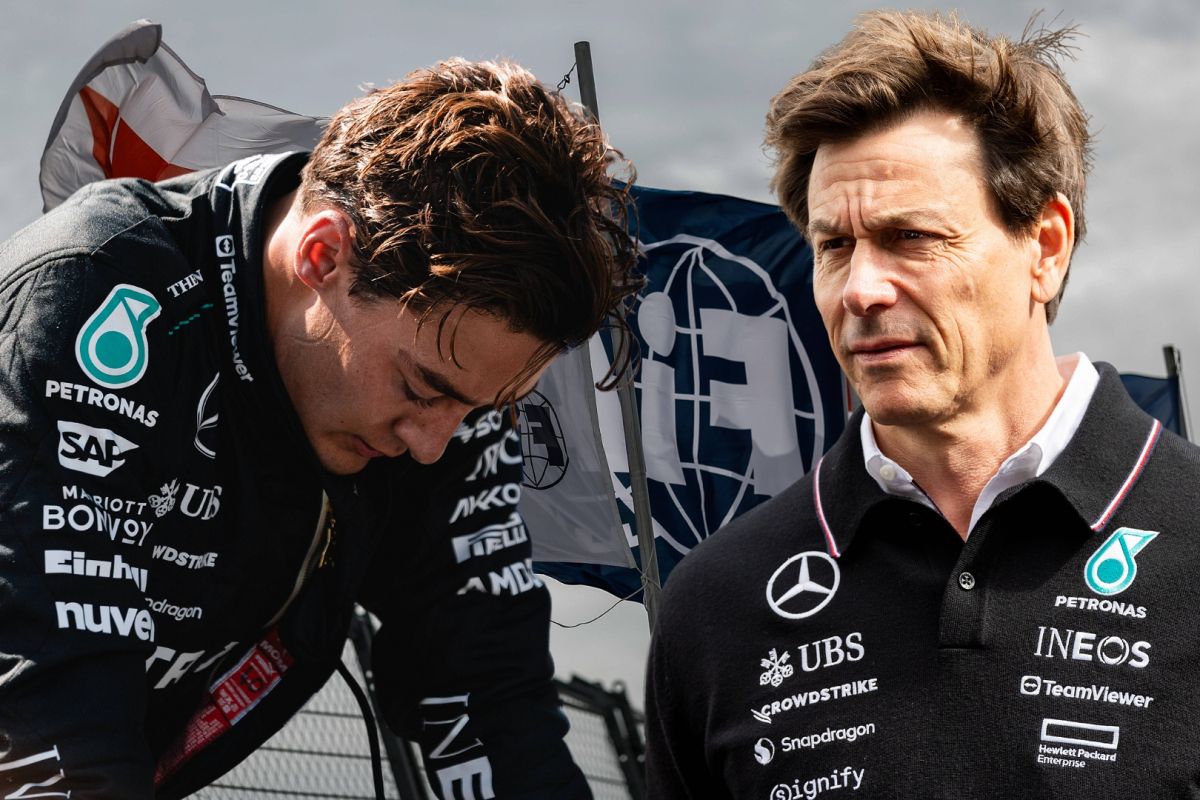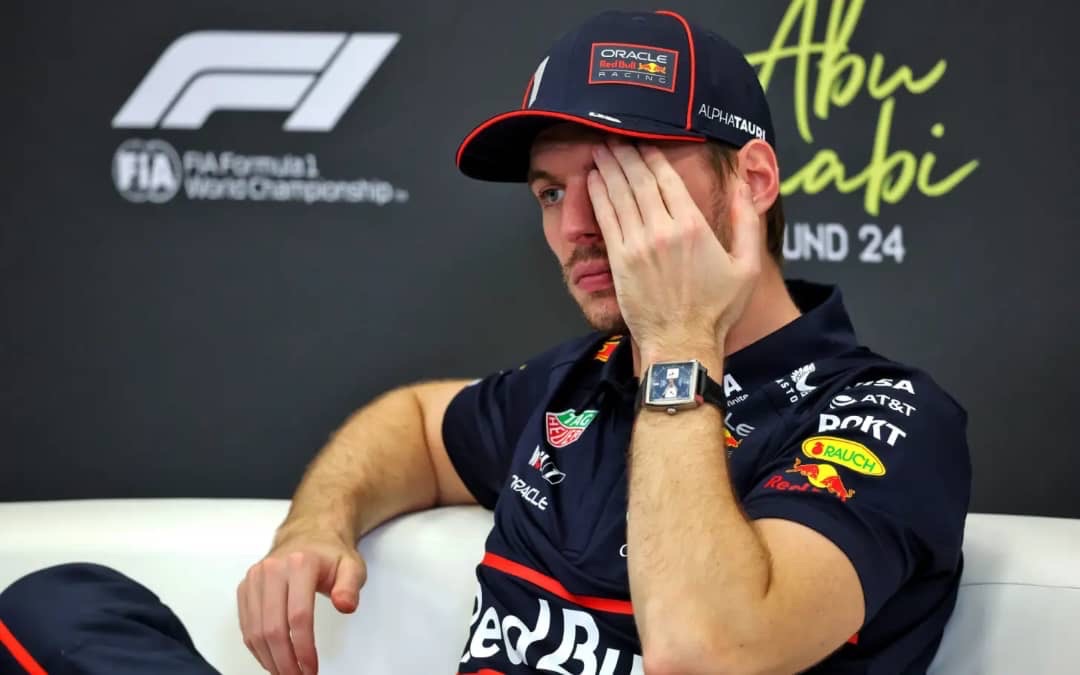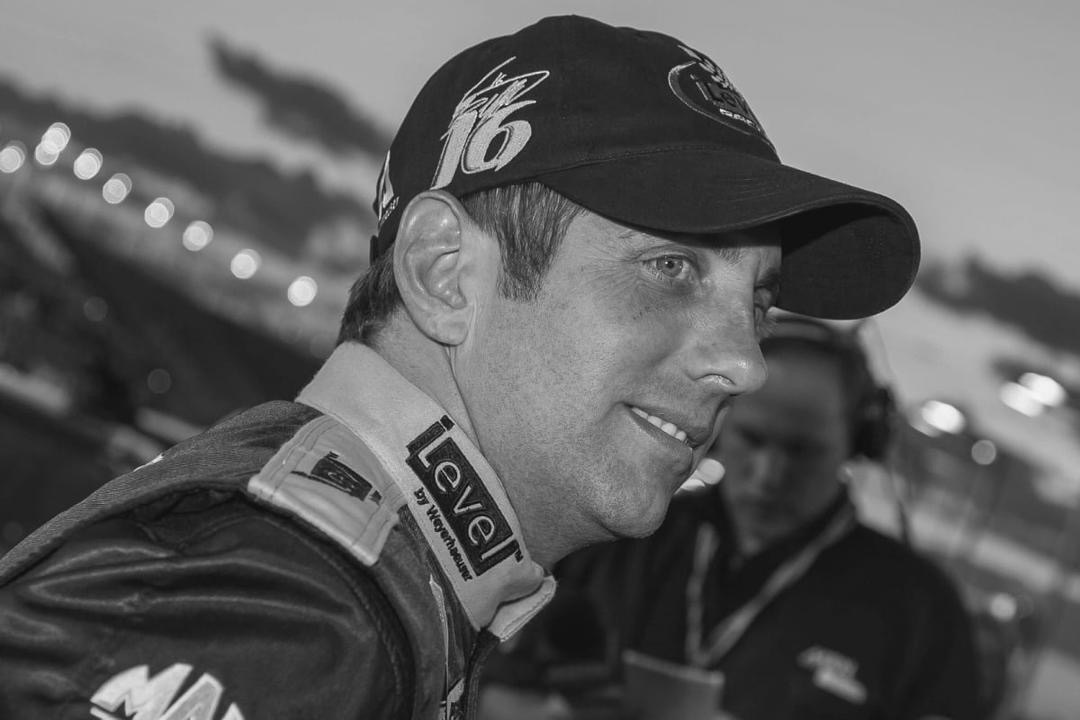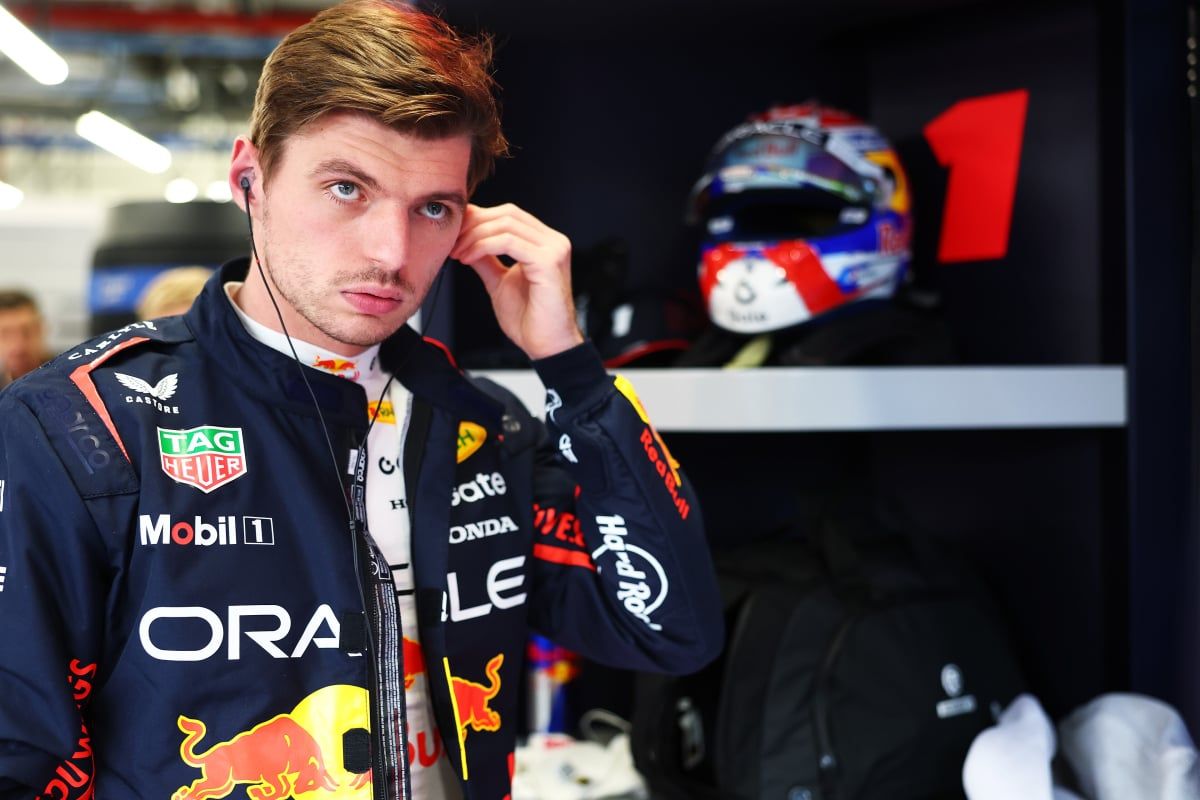Valtteri Bottas Points Out the Biggest Challenge Lewis Hamilton Faces at Ferrari
Lewis Hamilton’s highly anticipated move to Ferrari for the 2025 season has not unfolded as many had expected. Despite the initial excitement and massive fanfare surrounding his switch to the iconic Italian team, Hamilton has struggled to find his rhythm in the famous red car, leading many to question how long it will take — or if it will even be possible — for the seven-time world champion to reach his peak performance with his new outfit.
Five races into the season, Hamilton sits a disappointing seventh in the Drivers’ Championship, with just 30 points to his name. In stark contrast, Oscar Piastri leads the standings with 98 points, highlighting the gap Hamilton must bridge if he hopes to fight at the front once more. So far, Hamilton’s best result has been a fifth-place finish, a statistic that starkly contrasts the high expectations that followed his high-profile departure from Mercedes.
One man uniquely qualified to comment on Hamilton’s situation is his former Mercedes teammate, Valtteri Bottas. Having partnered the Briton from 2017 to 2021, Bottas witnessed firsthand Hamilton’s driving style, adaptability, and mental approach. Speaking recently to Automoto.it, Bottas offered insights into the specific hurdles Hamilton is facing in adapting to Ferrari.
According to Bottas, the biggest obstacle Hamilton must overcome is not necessarily the design or balance of the Ferrari SF-25 chassis — although that remains a factor — but rather the significant adjustment to a new power unit. Hamilton, throughout his entire Formula 1 career until now, has only ever raced with Mercedes engines. The transition to Ferrari’s different powertrain philosophy and systems is, therefore, a major shift.
Bottas explained that, while the physical characteristics of the engines are not drastically different, the complexity lies in managing the operational aspects unique to Ferrari. “It’s not that difficult,” Bottas said when asked about switching engine manufacturers. “I don’t think the differences are huge, apart from some minor changes in terms of driveability. The most complex thing is understanding and managing the adjustments, especially because the terminology is completely different. Once you learn the basics, it becomes easier, but it does take some time.”
Aside from the engine challenge, Hamilton’s adjustment has been made harder by the SF-25’s tricky rear-end behavior. Ferrari engineers have openly acknowledged that the car demands a particular driving style, especially under braking and through high-speed corners — areas where Hamilton has historically been very strong but is currently struggling to maximize performance.
Despite these growing pains, there have already been flashes of Hamilton’s enduring brilliance. His victory in the Sprint Race at the Shanghai International Circuit, where he started from pole position and fended off all challengers to take the win, reminded everyone of his raw speed and competitive spirit. Bottas pointed to that triumph as proof that Hamilton’s talent remains intact.
“I think he’s doing quite well,” Bottas said. “He’s still adapting and needs more time to get everything out of the car. But he’s already shown he still has the speed, particularly in China. A move like this can actually be revitalizing for a driver, giving them new motivation. I believe it will ultimately turn out to be a positive change for him.”
Bottas’s viewpoint is informed not only by his years alongside Hamilton but also by his own experiences after leaving Mercedes. Since moving to Alfa Romeo (now Sauber), Bottas has been racing with Ferrari engines, giving him personal insight into the transition Hamilton is attempting to navigate.
Hamilton’s move to Ferrari was always going to be more complex than simply swapping cars. Beyond the technical differences, Ferrari operates with a distinct team culture and structure, one that can take time for outsiders to fully understand and thrive within. Bottas hinted that mastering the nuances of communication, both in terms of engine management and broader team interactions, is crucial for Hamilton’s long-term success at Maranello.
Ultimately, Bottas’ message is optimistic. He sees Hamilton’s struggles as a natural part of the adaptation process, not as a sign that the move was a mistake. With patience, perseverance, and continued flashes of brilliance like the one seen in Shanghai, Bottas believes Hamilton still has every chance of making his Ferrari dream a reality.
For now, fans will have to watch closely to see whether Hamilton can overcome these hurdles and eventually bring Ferrari back to the top — something that both the Briton and the Scuderia have been chasing for years.



